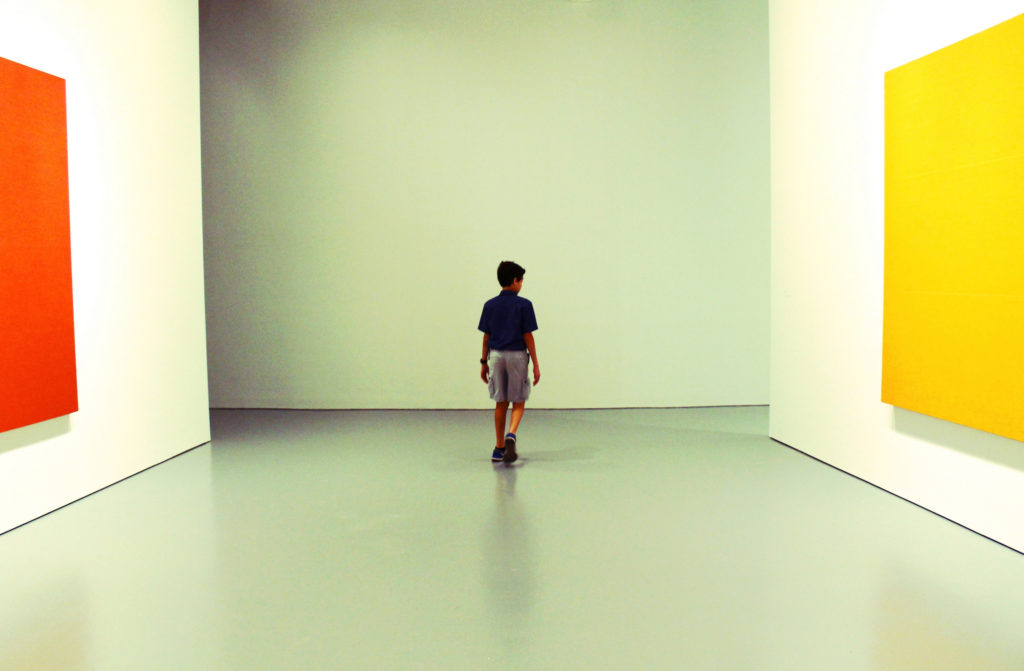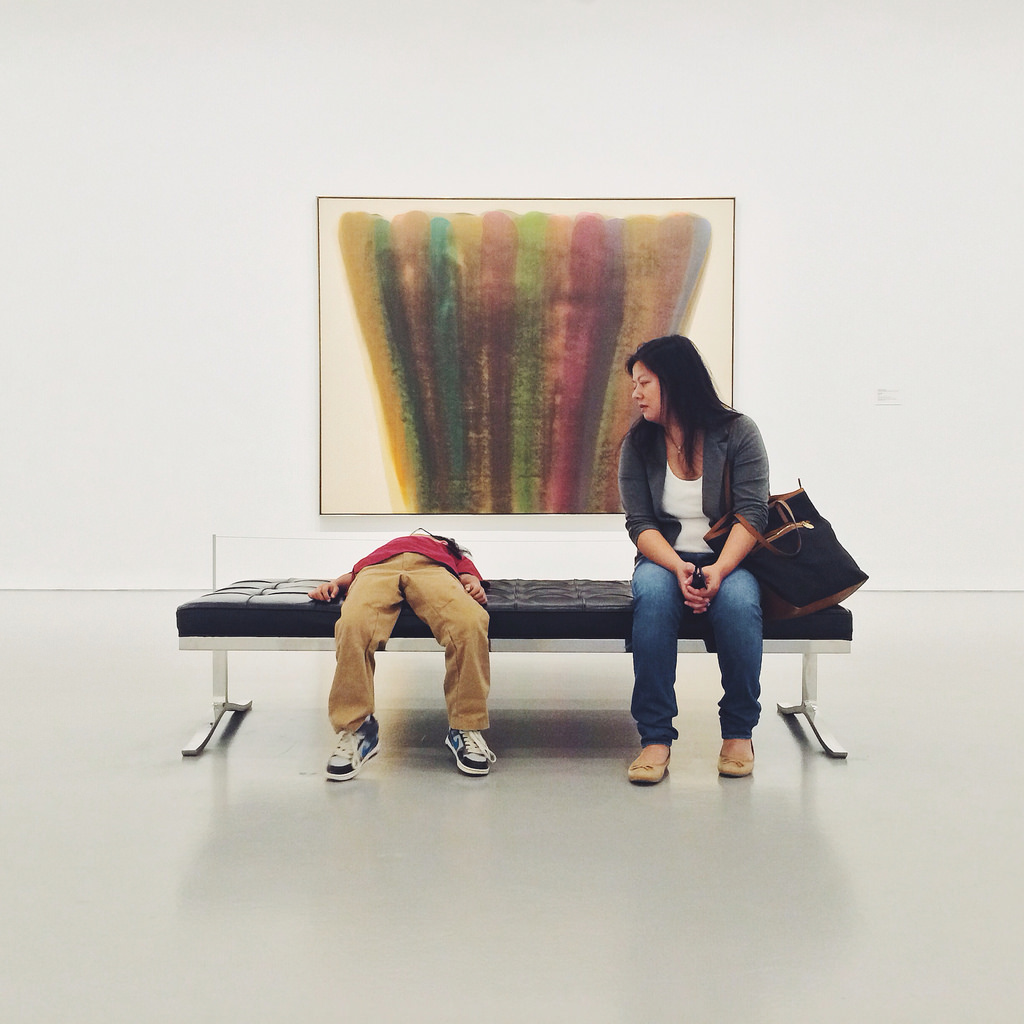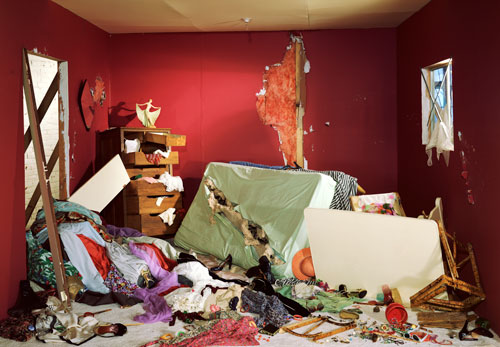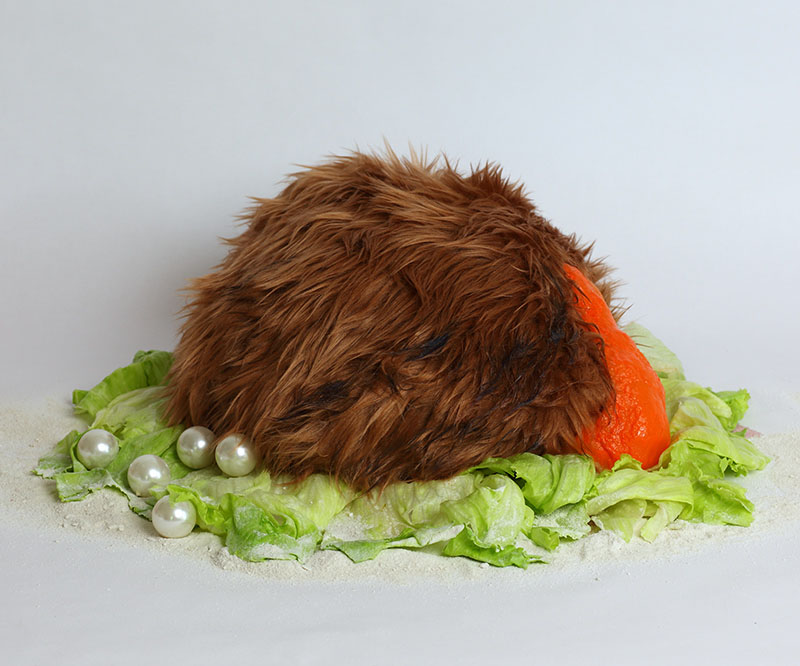
It’s not surprise that I am attracted to color and shapes. They are the rudimentary elements of art and when I see them used in such a simplistic way, such as in this image by Shamila Chaudhary, my eye and mind are instantly pleased and calmed. While the colors red and yellow are said to cause tension, I don’t feel it as the boy’s confident, natural stride smooths the friction as he turns the corner.


